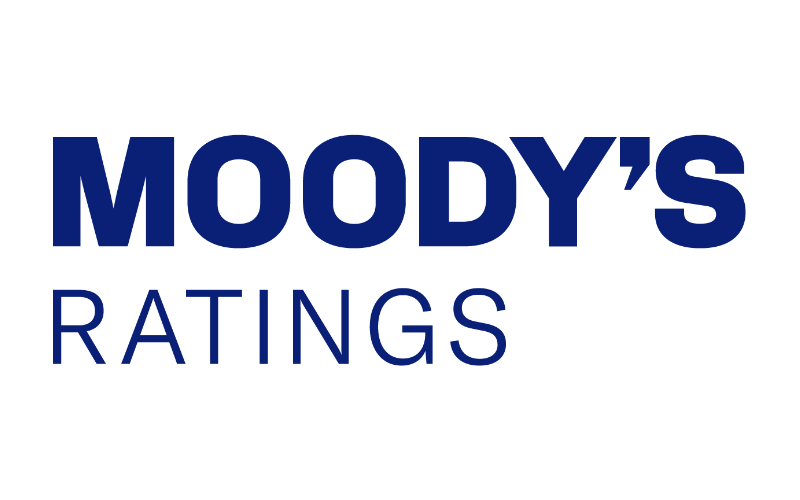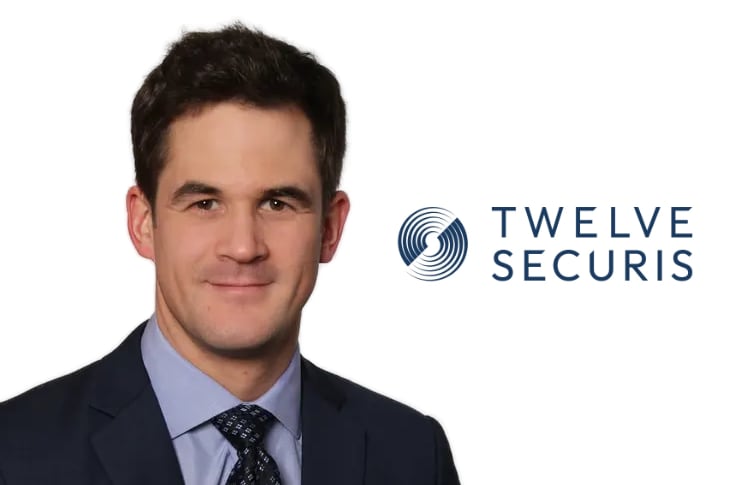
President Joe Biden has had a busy first few weeks in office.On his second day as President, he signed ten executive orders and released a national coronavirus strategy as part of his response to the pandemic.From ramping up vaccinations to investing in new public healthcare workers, this new administration and strategy could have long-reaching implications for healthcare professionals across the board.
President Biden’s vaccine distribution plan Since his election, Biden has promised to deliver a stronger response to the coronavirus pandemic than previously seen from the White House, and he has signed several orders and directives in an effort to see that promise through.Primarily, he wants to speed up the production and distribution of vaccines across the country.He hopes to do this by encouraging equitable distribution among the states so that valuable resources will be shared with marginalized and medically underprivileged communities.
Biden has even set a target of having one hundred million doses administered within the first hundred days he’s in Office.The supply of COVID-19 vaccines is to be bolstered by the enactment of the Defense Production Act, a law that gives the government emergency powers to control product distribution and direct companies to prioritize certain product orders.So far, Biden’s administration is working to encourage companies to develop more equipment for distributors like filling pumps and filtration units, while others are developing N95 masks, syringes, and alcohol swabs as part of in-home COVID-19 testing kits.
In order to increase distribution speed, Biden plans to have his administration work alongside federal, state, and local government officials to set up stationary and mobile vaccination units across America, promising at least one hundred federally supported distribution centers by the end of his first month in office.These federally-funded mobile vaccination clinics will be able to reach more remote rural communities as well as neglected urban communities, allowing the vaccine to be distributed more widely at a faster pace.Distribution will also be increased as Federally Qualified Health Centers (FQHCs) are established and partnerships are formed with established pharmacies.
As of February 4, 2021, there were already 175 federally supported vaccination sites set up across the country, but these centers cannot operate without the proper manpower to manage them.1,110 active-duty military personnel are set to arrive in California within the next week to support established vaccination sites.Consisting largely of medically-qualified service members, the troop is expected to be stationed at five FEMA megasites.
Support from the National Guard is also being called upon by various states in a continuation of the immunization aid campaign from last year.Beyond the military, Biden has made a commitment to invest in 100,000 new public healthcare workers specializing in their communities, vaccine outreach, and contact tracing services.Healthcare policies and decisions Since Biden’s election, he has endeavored to bring about several changes in healthcare policies.
Chief among these are his decisions relating to the Affordable Care Act (ACA), federal healthcare roles, and the American Rescue Plan.Affordable Care Act One of President Biden’s healthcare priorities when running for office was his plan to bolster subsidies for the Affordable Care Act (ACA)..He plans to do this by restoring plans and policies to their original ACA statute, negating various deregulation and regulatory changes made during President Trump’s term in office.
Additionally, Biden plans not only to revert the ACA to its original state, but to strengthen and expand the system for more long-term healthcare reform.One way he plans to do that is by lowering the Medicaid eligibility age from 65 to 60.Federal healthcare roles Biden has greatly expanded the role of the federal government when it comes to healthcare.
He’s called for more COVID-19 testing, contact tracing, and resource distribution across the country.Further, he is increasing funding not only for federal government bodies, but also for states, localities, and individual citizens, though the funding increase required Congress’ cooperation to proceed.American Rescue Plan The American Rescue Plan is an approximately two trillion dollar coronavirus rescue package that serves as part of Biden’s strategy for supporting individuals, businesses, and the government during the COVID-19 pandemic.
The plan proposes to have Congress provide $350 billion in emergency funding for state, local, and territorial government bodies.The money is to be used to help keep public sector workers active and to distribute the COVID-19 vaccine, scale testing, reopen school systems, and maintain “other vital services.” Impact on healthcare professionals' personal finances Biden plans to lower healthcare costs both in treatments and insurance — for all, including doctors, nurses, and other healthcare professionals, but this plan is very dependent on how the Supreme Court rules.If they decide to proceed in favor of Biden’s plan, medical costs will be drastically cut for most people.
Further, Biden has proposed adding a “Medicare-like public option” of health insurance for Americans.This would allow citizens to choose their own private insurance providers and spend a fraction of what they pay now — only 8.5% of their income when they could be spending approximately 10%.Concerning the COVID-19 vaccine, Biden has promised that the vaccine will be free to all, regardless of age, financial abilities, or immigration status, so no healthcare professional needs to worry about covering the cost for this vaccine.
Key takeaways
President Biden has very aggressive plans in place concerning how the government will proceed with its COVID-19 related agenda.The production and distribution of vaccines to all remains a strong priority moving forward, and his plans with the ACA and ARP, if passed, will have a lasting effect on governmental dealings with healthcare and medical policy.
Publisher: LeverageRx








